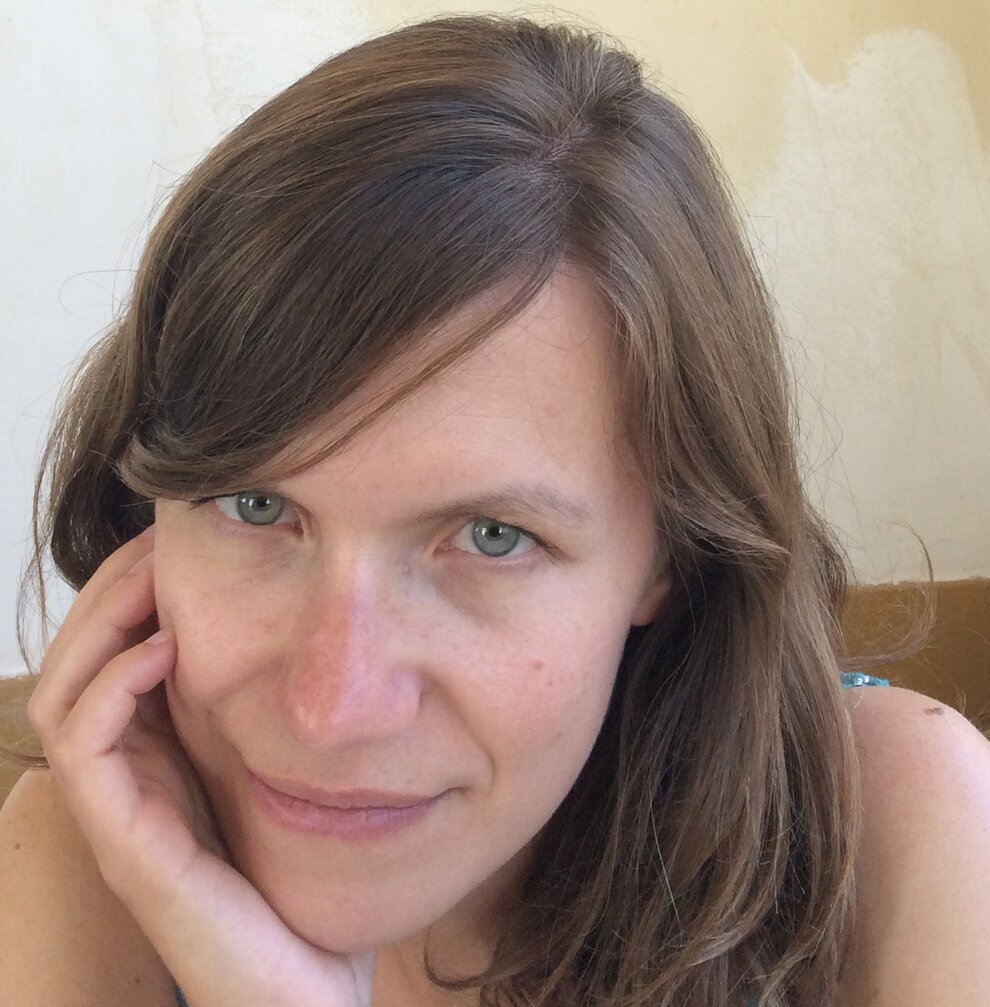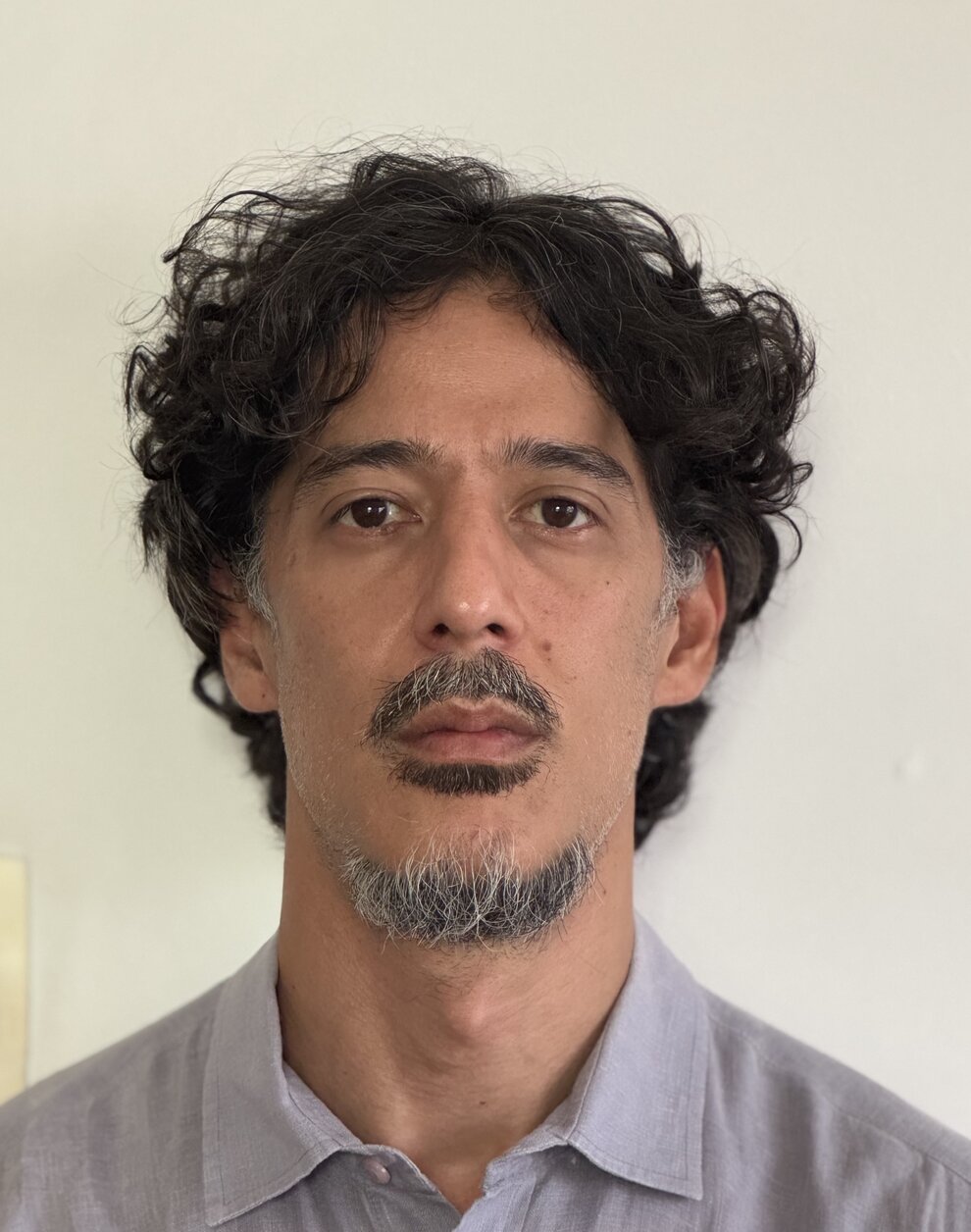Elise Haddad


Élise Haddad is a historian specializing in medieval and early modern imagery in Europe and New Spain. She holds a PhD from EHESS and is a corresponding researcher at Ahloma (CRH-EHESS, Paris). In 2024-25, she is serving as an ATER in Art History at the Université Grenoble Alpes and teaching Classical Nahuatl at INALCO.
Her research initially focused on monumental and manuscript images of the Apocalypse as part of her doctoral thesis. She approached this subject from an iconographic perspective, particularly concerning the Romanesque tympanum of Beaulieu-sur-Dordogne and depictions of apocalyptic trials and battles. Her work also considered the social history of images and their uses by institutions and social groups, as well as an anthropological approach to images, examining their evolution over time.
In recent years, she has embarked on a new research project focusing on images representing various peoples of the world. Initially examining depictions in Apocalypse manuscripts, she has since expanded her scope to different media, both in Europe and New Spain. Her aim is to document the processes through which visual materials construct otherness, as well as to analyze the structural elements that define the representation and positioning of different peoples in relation to one another.
The project
Title: The Image of the Indian in 16th Century Monumental Iconography in New Spain
"The objective of this research stay is to conduct a systematic photographic survey of monumental artworks—both painted and sculpted—within 16th-century buildings in New Spain. This will contribute to the creation of a database containing information such as date, location, and associated religious order (primarily Franciscans, but also Dominicans and Augustinians).
In conventual settings, religious and hagiographic painting plays a major role, yet representations of Indigenous figures are sparse. They rarely appear in central iconographic themes but can sometimes be found in grotesque decorative motifs—such as in Tepeapulco—or in well-known battle scenes, like those in Ixmiquilpan. Currently, no comprehensive photographic survey exists that systematically documents these elements, which are often relegated to decorative or peripheral areas. A meticulous photographic record is essential to identify recurring motifs and to understand the different representational choices that were made.
Additionally, physiognomic or phenotypic indicators are often subtle or downplayed, making interpretation dependent on visual contrasts between figures. This necessitates high-quality photography of relatively small motifs, with consistent calibration across images to allow for meaningful comparisons. While existing literature provides scattered references, it does not fully address these concerns.
This visual database aims to inform several key questions: How did evangelizers depict those they sought to convert? Furthermore, beyond this initial inquiry: How did Indigenous populations reappropriate these visual representations of themselves within a colonial context where the European gaze imposed a strong discourse shaping social status and identity?
Practically, this study will examine how Indigenous corporeality is depicted—whether through recognizable, exaggerated, or minimized features. It will also consider the role of clothing or nudity and references to prior iconographic traditions (such as the profile of jaguar warriors in Zinacantepec). The focus will not only be on identifying motifs but, more importantly, on analyzing their arrangement and contrast within each composition. Indeed, it is through these differentiated visual traits that ethnic groups were categorized and assigned specific social positions."
Hosting Institution: Center for Mexican and Central American Studies (CEMCA)
Selected publications
- Forthcoming (2025): La coloración de la piel en los manuscritos de la Conquista: ¿marcador de alteridad étnica? in Forjando México, ed. Guillaume Gaudin, Presses Universitaires du Midi.
- 2022: Review of Costilla Martínez Héctor Alejandro, Ramírez Santacruz Francisco, Historia adoptada, Historia adaptada: la crónica mestiza del México colonial, Madrid: Iberoamericana; Frankfurt: Vervuert, 2019. Published in Cahiers d’Amérique Latine.
- 2020: Le bien à l’épreuve du mal : iconographie du portail et de l’église à Beaulieu-sur-Dordogne, Cahiers de Saint-Michel de Cuxa, no. 50.
- 2019: Former une communauté par la fin. Options eschatologiques romanes, portfolio in Terrain, no. 71, April 2019, pp. 158-181.


Monica Alonso Riveiro

Toon Van Overbeke

Xiaoyang Zhu


